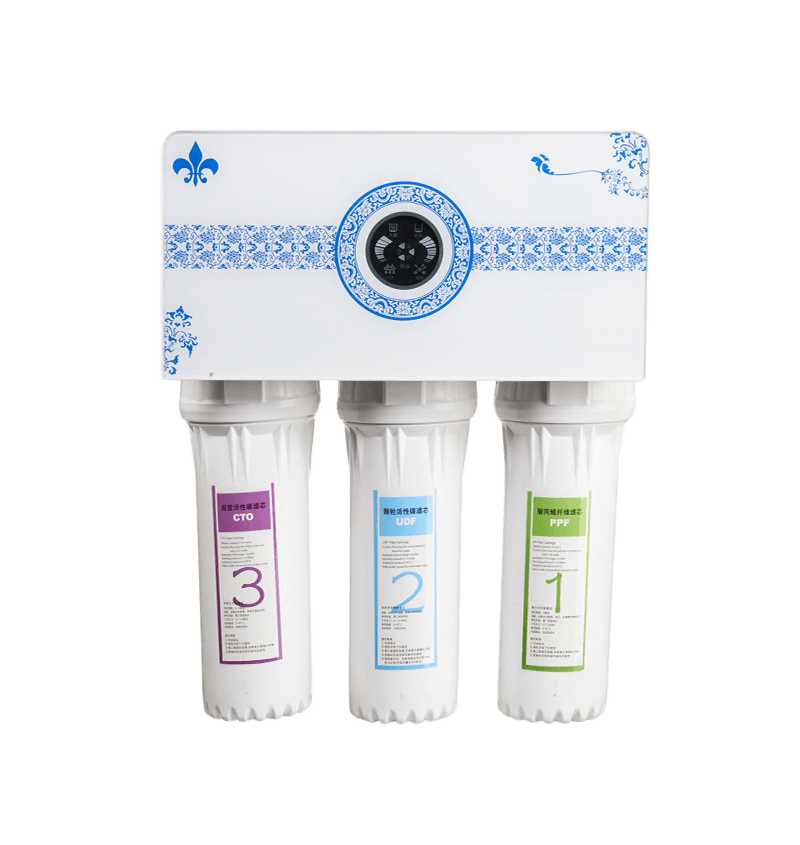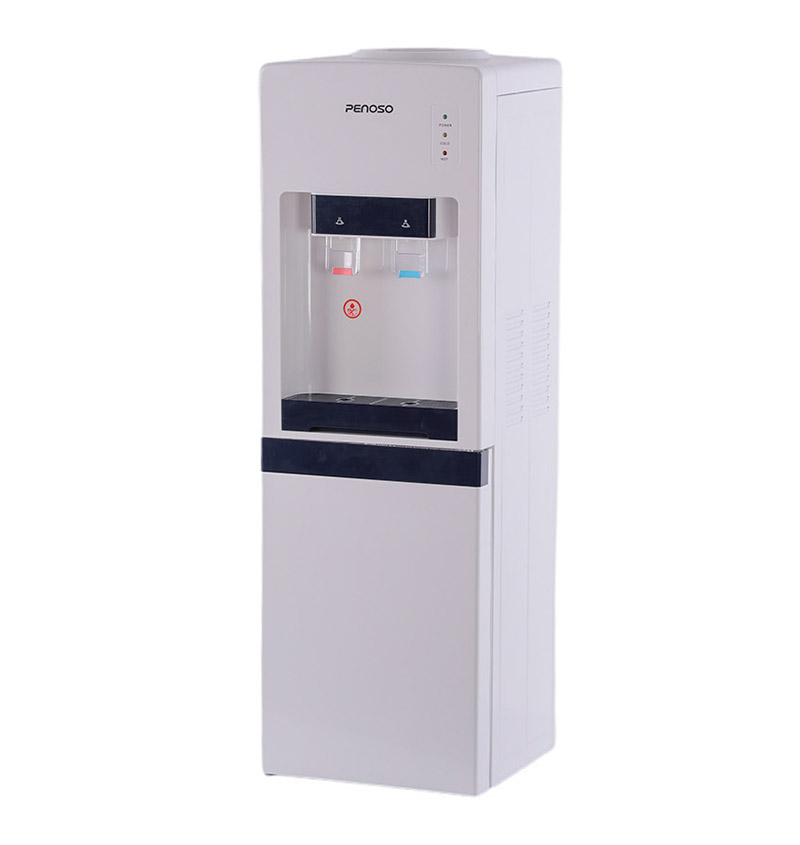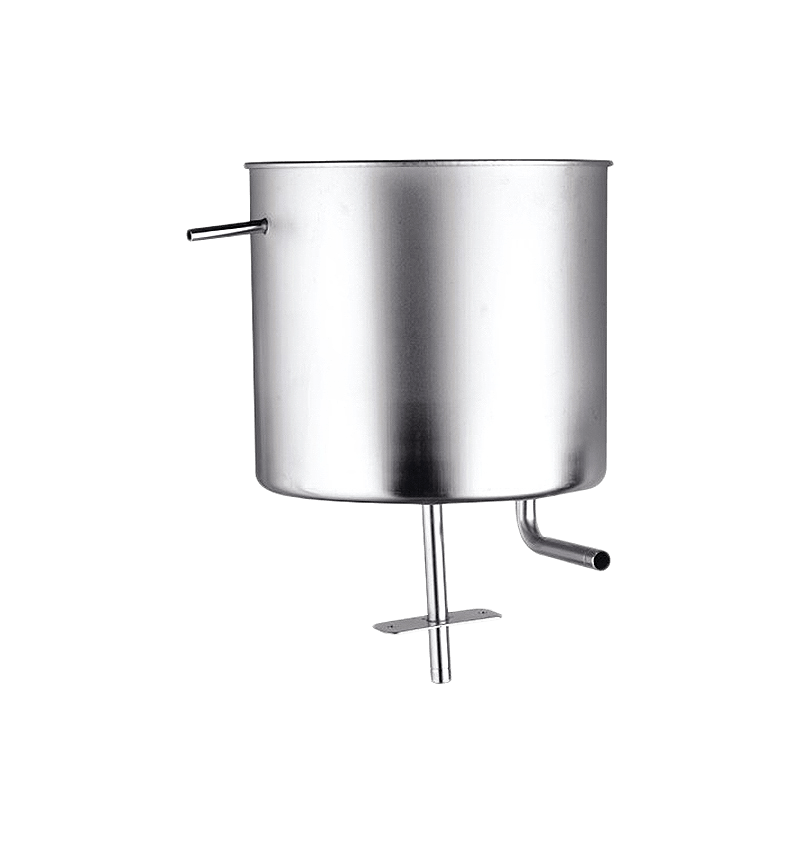Understanding the Purpose of Self-Cleaning and Sterilization in Pipeline Water Dispensers
Pipeline water dispensers are designed to provide continuous access to drinking water by connecting directly to a building’s water supply. As these systems operate for long periods and handle flowing water throughout the day, maintaining internal cleanliness becomes important for ensuring stable water quality. Self-cleaning and sterilization functions have been introduced in many modern pipeline water dispensers to help minimize internal residue buildup, reduce microbial presence, and maintain the cleanliness of water-contact surfaces. These features aim to create a more consistent user experience by reducing the frequency of manual maintenance while still supporting safe hydration in homes, offices, or commercial settings. The purpose of these functions is not to replace routine cleaning entirely, but to assist in maintaining hygiene inside the pipelines and water storage paths.
How Pipeline Self-Cleaning Systems Work
Self-cleaning systems in pipeline water dispensers typically use automated processes to wash internal pipelines or storage chambers at scheduled intervals. These systems may rely on high-pressure water flushing, circulation cleaning, or intermittent rinsing to remove deposits left behind by minerals, sediment, or stagnant water. Some self-cleaning mechanisms operate on timers, while others activate based on sensor readings. The flushing water is discharged safely after cleaning, ensuring that any accumulated residue is removed from the system. This process helps reduce the buildup of scale and supports more stable water flow. Although self-cleaning systems differ among models, the core idea remains consistent: using automated rinsing cycles to keep internal parts cleaner with minimal user involvement.
| Self-Cleaning Method | Operation Principle | Typical Benefit |
|---|---|---|
| High-Pressure Flushing | Uses strong water flow to dislodge buildup | Supports removal of sediment and mineral residue |
| Timed Circulation Cleaning | Runs at regular intervals to rinse internal pathways | Maintains internal cleanliness over long-term use |
| Sensor-Triggered Rinsing | Activates when water quality or flow changes are detected | Helps ensure cleaning occurs when needed |
Types of Sterilization Technologies Used in Pipeline Water Dispensers
Many pipeline water dispensers support sterilization systems designed to reduce microbial presence in internal components. Common sterilization technologies include ultraviolet (UV) sterilization, ozone sterilization, high-temperature sterilization, and silver-ion antibacterial materials. UV sterilization relies on a UV lamp to irradiate the water passing through the system, which helps disrupt microbial activity. Ozone sterilization uses ozone gas to sterilize internal pipes and water pathways, typically in a closed cycle. High-temperature sterilization relies on heated water or steam to sanitize internal parts. Silver-ion materials may be used in tanks or pipelines to help inhibit bacterial growth. These technologies vary in their method of action and energy requirements, but they share the goal of creating a more hygienic internal water environment.
| Sterilization Type | Mechanism | Usage Area |
|---|---|---|
| UV Sterilization | UV light disrupts microbial DNA | Water pathway and outlet area |
| Ozone Sterilization | Ozone oxidation reduces microbial presence | Pipelines and internal chambers |
| High-Temperature Sterilization | Heat treatment sanitizes surfaces | Hot water tank or heating chamber |
| Silver-Ion Materials | Physical inhibition of bacterial activity | Pipes and water storage components |
Differences Between Self-Cleaning and Sterilization Functions
Although self-cleaning and sterilization serve related purposes, they are not identical. Self-cleaning focuses on rinsing and removing physical residue, improving internal cleanliness and reducing blockages. This process deals primarily with the mechanical aspect of water flow, helping ensure that scale deposits and sediment do not accumulate excessively. Sterilization, however, addresses the biological aspect of water safety by targeting microbial activity in the system. Sterilization technologies work at the molecular level rather than simply washing surfaces. For example, UV sterilization does not remove scale or residue, and flushing cycles do not eliminate microbial presence. Many pipeline water dispensers combine both functions to create a more complete internal hygiene system.
Benefits of Having Self-Cleaning and Sterilization in a Water Dispenser
The availability of self-cleaning and sterilization functions helps users maintain stable water quality with reduced manual effort. These automated systems help decrease the frequency of internal cleaning tasks while supporting reliable performance. In settings such as offices, public facilities, or small food-related businesses, these features can help provide consistent drinking water availability. They also support a more predictable maintenance cycle by reducing sudden blockages or microbial concerns. With less residue buildup, the water dispenser can maintain stable temperature performance and consistent water flow. These functions also help extend the lifespan of internal components by minimizing stress caused by scale or contaminants, allowing the dispenser to operate more efficiently during long-term use.
Limitations and Considerations of Self-Cleaning Features
While self-cleaning features can help maintain internal cleanliness, they cannot completely replace manual maintenance. Self-cleaning systems typically focus on pipeline flushing rather than full-system cleaning. They may not remove all mineral deposits or residue in heavily scaled environments, especially in areas with hard water. External parts of the dispenser, such as drip trays, faucets, and outer surfaces, still require regular manual cleaning. Users should also be aware that self-cleaning functions consume water and may slightly increase overall water usage. Some systems require regular replacement of filters or UV lamps to maintain functionality. Understanding these limitations helps users maintain realistic expectations and schedule supplementary care when needed.
Limitations and Considerations of Sterilization Features
Sterilization systems also have operational considerations. UV lamps need periodic replacement because their effectiveness decreases over time. Ozone sterilization requires safe management of ozone concentration and controlled system cycles. High-temperature sterilization increases energy consumption and may only apply to portions of the system, such as hot water tanks. Silver-ion materials provide passive sterilization but may have limited coverage depending on the model. Sterilization functions are generally supplementary, not standalone solutions. Users should continue regular filter replacement and external cleaning to maintain a balanced hygiene routine. Understanding how each sterilization technology works helps users evaluate whether their dispenser meets their hygiene expectations.
How Water Quality Affects Cleaning and Sterilization Efficiency
Local water quality significantly influences the effectiveness of self-cleaning and sterilization in pipeline water dispensers. Hard water contains minerals that accumulate inside pipes and tanks, requiring more frequent flushing or descaling. In areas with high sediment levels, filters may clog faster, reducing the efficiency of both self-cleaning and sterilization. Water with varying microbial content may require stronger or more frequent sterilization cycles. Users in such regions may need to adjust maintenance schedules or choose models with more robust cleaning features. Monitoring water filter conditions and replacing them on time contributes significantly to the overall hygiene and performance of the dispenser.
| Water Quality Type | Impact on Dispenser | Recommended Approach |
|---|---|---|
| Hard Water | Increased scale buildup | More frequent flushing and descaling |
| High Sediment Water | Clogged filters and reduced flow | Regular filter replacement |
| Microbe-Rich Water | Higher sterilization demand | Stronger or continuous sterilization features |
Maintenance Requirements for Models with Self-Cleaning or Sterilization Features
Even when pipeline water dispensers include built-in cleaning and sterilization functions, routine maintenance remains necessary. Filters should be replaced based on manufacturer guidelines, and external surfaces must be wiped regularly. If UV or ozone systems are used, the sterilization modules should be checked for proper function. Scaling should be manually removed in regions with hard water, as automated systems may not eliminate all mineral deposits. Some models require periodic flushing cycles to be manually activated, especially when the dispenser has not been used for an extended period. Routine inspection helps ensure the system continues performing as intended and supports long-term reliability.
Evaluating Whether a Water Dispenser Meets Your Cleaning and Sterilization Needs
Choosing a pipeline water dispenser with effective self-cleaning or sterilization depends on user needs, water conditions, and usage environment. In offices or commercial spaces with high daily usage, models with automated cleaning schedules can reduce maintenance workload. Households may benefit from simpler models with basic sterilization functions. If the local water supply contains high mineral content, a dispenser with enhanced flushing capability may be more suitable. Evaluating the energy consumption of sterilization features, replacement part costs, and filtration technology also helps determine long-term suitability. Understanding the strengths and limits of each system allows users to select a dispenser that aligns with their hygiene expectations and usage patterns.
Practical Examples of When Self-Cleaning or Sterilization Becomes Useful
Self-cleaning and sterilization features offer advantages in settings where water dispensers operate continuously or where manual cleaning is inconvenient. For instance, large offices benefit from automatic flushing that helps maintain water taste throughout the day. Schools and public facilities may rely on sterilization to reduce microbial concerns due to frequent use by different individuals. In small restaurants or cafés, maintaining consistent water quality is essential for beverage preparation, making automated systems beneficial. Industrial workplaces with dust or airborne particles may also appreciate enhanced internal cleaning functions. These examples demonstrate how automated hygiene features support environments where stability and consistency are important.
Long-Term Effects of Using a Dispenser with Built-In Hygiene Support
Over long-term operation, dispensers equipped with self-cleaning and sterilization features typically experience reduced internal residue accumulation and more stable water flow. This supports smoother operation and helps the device maintain consistent performance over time. Internal components such as pipelines, valves, and tanks can experience less stress caused by scale or contaminants, allowing them to maintain structural stability longer. Consistent internal flushing and sterilization also support predictable water quality, reducing sudden changes in taste or odor. These long-term effects benefit both maintenance planning and daily user experience.
Cost Considerations of Self-Cleaning and Sterilizing Water Dispensers
Water dispensers with built-in hygiene functions may have higher upfront costs due to the additional technology involved. Ongoing maintenance expenses such as filter replacement, UV lamp renewal, or increased energy consumption should also be considered. However, these costs may be offset by reduced manual cleaning needs, fewer service calls, and longer intervals between major maintenance tasks. Organizations with high usage demands may find that the operational stability and consistent water quality justify the investment. Users evaluating such systems should compare both initial costs and long-term maintenance requirements before making a decision.



 English
English عربى
عربى Português
Português Español
Español








